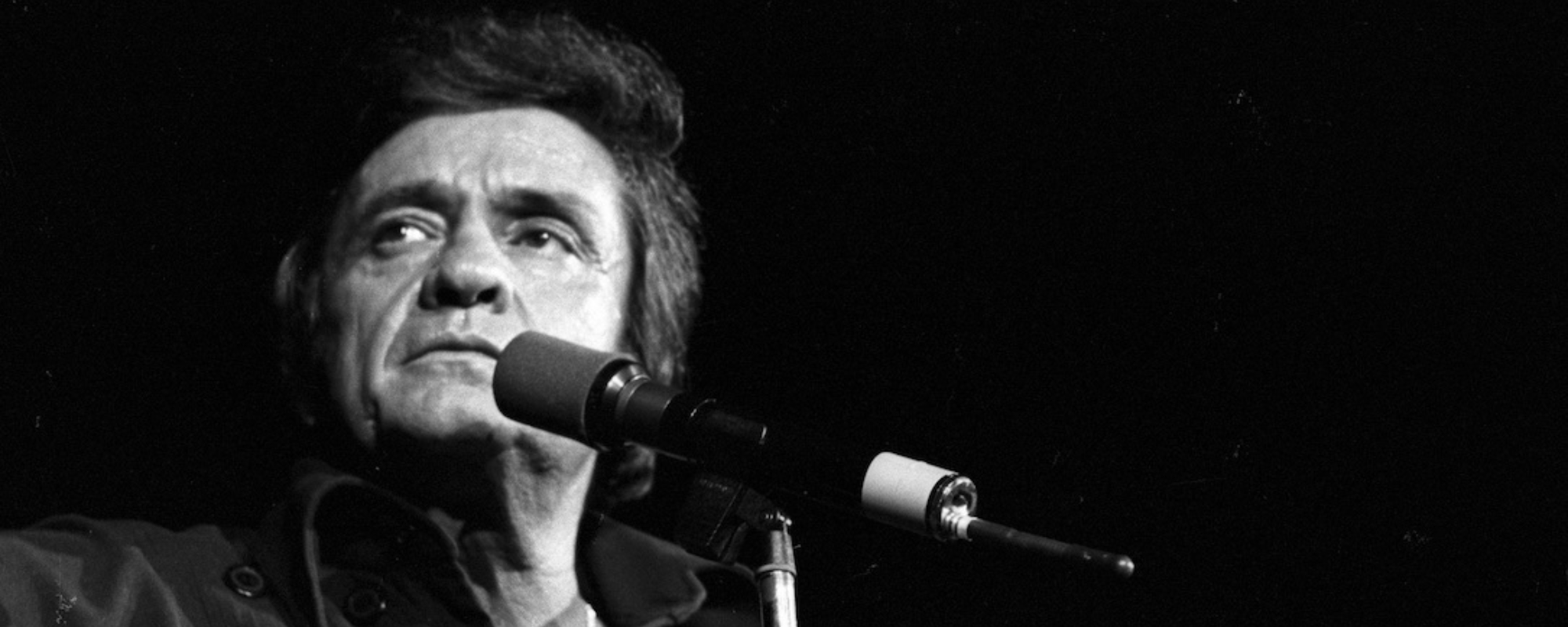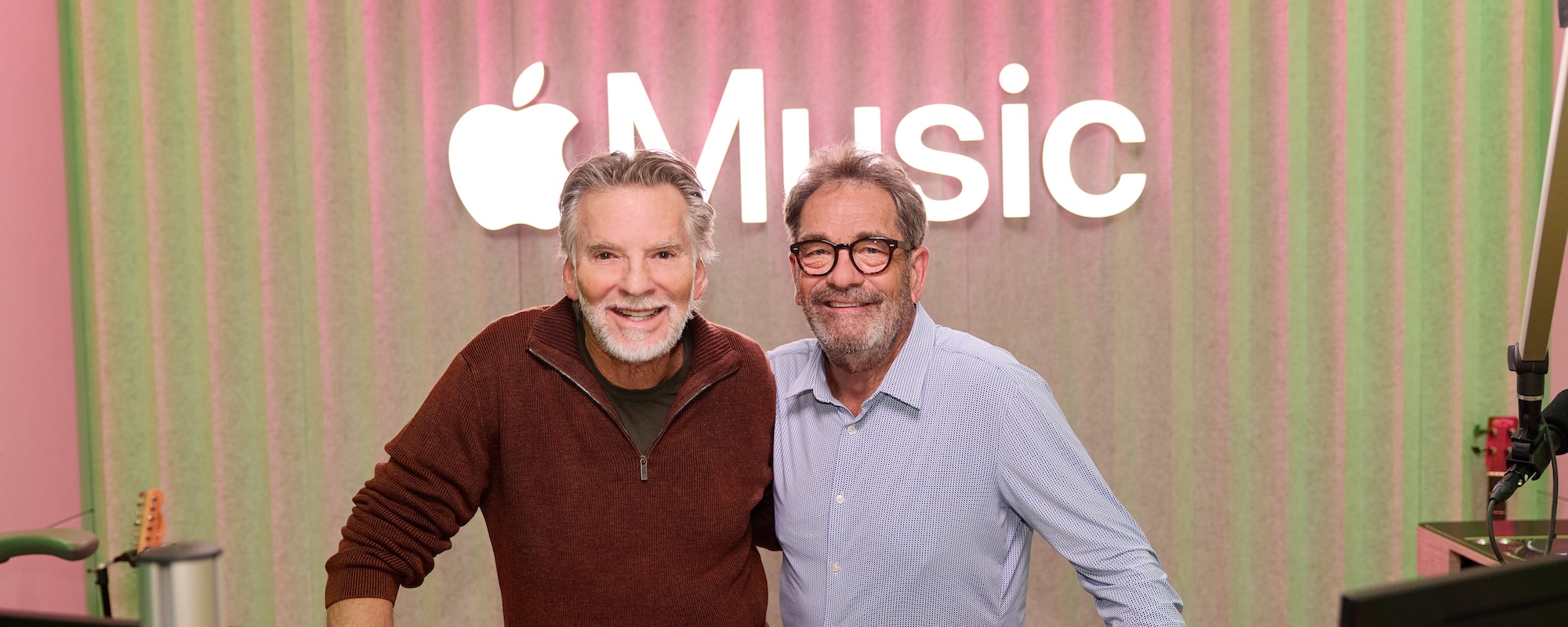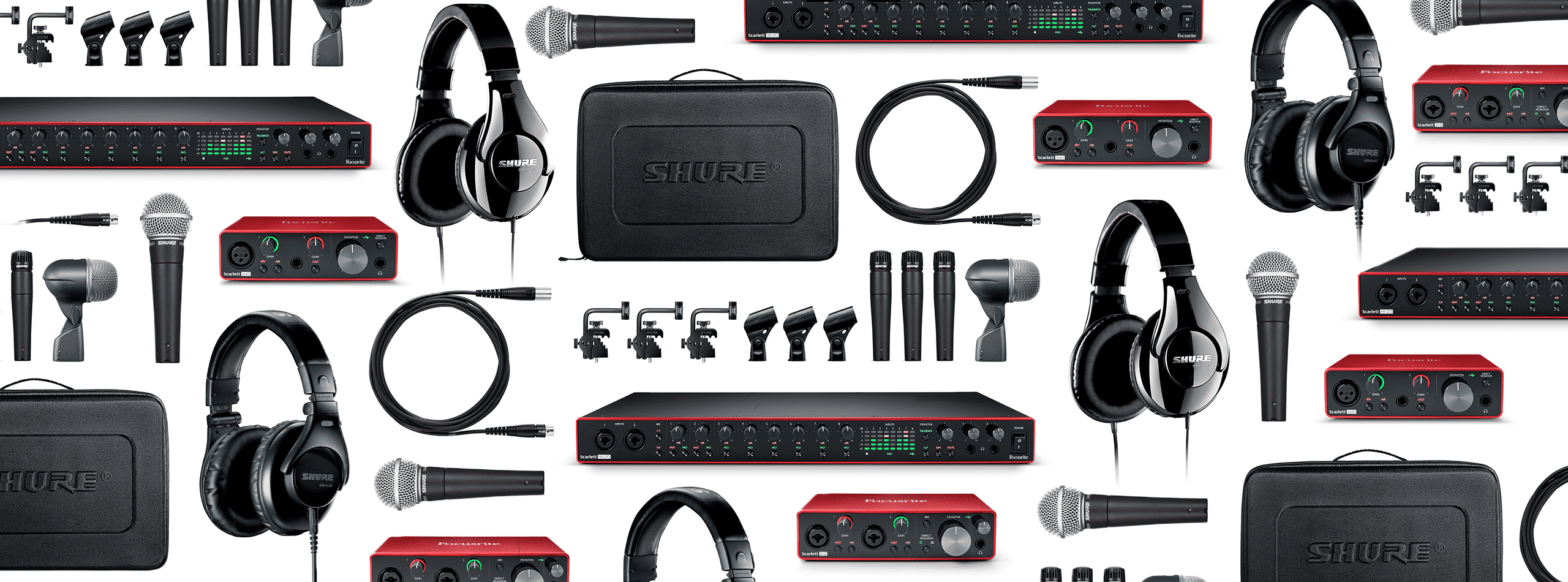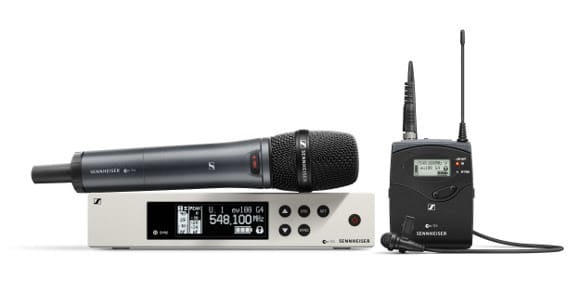Videos by American Songwriter
While subscription and streaming services continue to make headlines, who knows what the future holds for the value of recorded music? At the same time, though, a $17 billion global musical instruments and products industry is hedging a strong bet that the art of recording isn’t going anywhere.
And with the hyper-aware culture of the Twitter and Facebook generation, maybe the next innovations in recorded music may actually knell the death tolls for recorded music itself. What if instead of heading to the studio to create your magnum opus for months on end, your musical output becomes a series of real-time live sets streamed over the Internet? Record from a studio, your bedroom, a music club or festival. Value is placed on the fact that performances are available in real-time. Stream is the new mp3, right?
So what does all of it mean for the home recordist? Home recording—and the musical products that have revolutionized the home studio—is, without a doubt, the wave of the future. With a computer and a few hundred bucks, the home recordist can get a microphone, digital audio workstation and interface, and jump on the horse and head straight to town. For a few hundred (or thousand) dollars more, add higher-end mics, room-treatment acoustical products and DAW plug-ins that simulate the type of gear for which you’d be paying $2,000 a day at Abbey Road studios. If you’ve got a basement or attic, you can build your own vibe-y ‘70s studio with a little resourcefulness. What follows is an investigation into the products, process and options available to the home recordist.–DAVIS INMAN
It All Starts With A Microphone
Recording engineers are masters in the art of capturing sound. A good engineer can hear a sound and make quick judgments on what combination of equipment will capture that sound most appropriately. These decisions—of what gear to use and how—draw upon years of experimentation, training and practice in order to achieve a desired result. The bottom line is: it’s all about how well you know your tools. A bad engineer with a great microphone will produce sub-standard recordings. But a good engineer can do great things with very modest equipment.
Let us assume that you have a computer to use for your home recordings. From there, the first piece of gear in your signal chain is a microphone, arguably one of the most important. We’ll devote some considerable space here to the different types of microphones and why you’d want to explore them for different applications.
A microphone is a transducer. Transducers convert one form of energy (in this case, sound waves) into electricity. There are three basic categories of microphones: dynamic, condenser and ribbon. And while there are no rules, you’ll find that some microphones are particularly well-suited to, say, a guitar or saxophone, while others may work better on drums or vocals.
Dynamic microphones are durable, relatively inexpensive and capable of handling high sound pressure levels (SPLs). Some dynamic microphones, like the Shure SM57 and the AKG D112, can be found in major studios all over the world and are used in a variety of applications. The SM57 can be found for under $100 and is often considered the industry standard microphone for snare drums and close-miking guitar amps. (The SM57 has also been rumored to be the microphone used to record the strings on “Eleanor Rigby.”)
Condenser microphones are designed to handle a larger range of frequencies, and are thus suited to recording a larger variety of sounds. They are more sensitive and thus better suited for quiet sounds, and are typically more fragile than dynamic microphones. Condenser microphones are used in a variety of applications, including vocals, guitars, drums and pianos. Condenser microphones also require an external power source, known as phantom power, which is 48 volts of DC power. (Many mixing boards and audio interfaces allow you to apply phantom power to your condensers with just the push of a button.)
Condensers are split into two categories: large diaphragm and small diaphragm. Small diaphragm condensers, also sometimes referred to as pencil condensers due to their shape, are more commonly used on acoustic instruments and are often found on hi-hats and used as drum overheads. Because of their size and shape, small diaphragm condensers can sometimes offer a wider range of placement options.
Large diaphragm condensers are more common, and are the number one choice for vocals and room mics –but really they’re great on just about anything. Some condenser microphones also offer multiple polar patterns. A polar pattern is the direction from which a microphone picks up sound. Cardioid patterns pick up sound best from the front of the microphone, with decreasing signal on the sides, and very little from the rear. Bi-directional, or figure eight, microphones pick up from both the front and the back. (Just picture John Lennon and Paul McCartney singing into two sides of the same microphone.) Omni-directional polar patterns pick up sounds from all around the microphone, and are great for room mics or if you have a limited number of inputs with which to record. Using a microphone with an omni-directional polar pattern would allow you to record a group of musicians all surrounding just one microphone.
Ribbon microphones—though technically dynamic microphones—are different enough in their construction and function that they warrant their own category. Typical ribbon microphones have a bi-directional polar pattern, but ribbons do not lend themselves as well to the same applications that bi-directional condenser microphones do, due to their construction. The ribbon microphone contains a thin piece of corrugated metal (aluminum is very common) that is suspended in a magnetic field. When air molecules pass through the magnetic field a signal is generated and passed down through the microphone to the cable. This makes ribbon microphones particularly sensitive to wind, or high SPLs, and limits their use in certain applications. When using ribbons to record vocals, it is always recommended to use a pop filter to avoid strong breaths and moisture from damaging the microphone. Ribbon microphones are capable of producing exceptionally smooth high-end frequencies without any of the harshness that can be generated by some condensers.
The sound of most ribbon microphones can be described as “warm,” or natural sounding. For a long time, the only ribbon microphones available were quite expensive, although in the past decade ribbon microphones from Cascade, Nady and MXL have become available for under $500. At the other end of the spectrum is the Royer R-121, one of the more popular ribbon microphones in use today, although it carries a price tag to match at around $1295. Common uses for ribbon microphones are guitar cabinets, room microphones for horn sections, as well as acoustic instruments. Because of their fragility, ribbon microphones are not recommended for kick drums or close-miking anything that generates a large displacement of air. Ribbon microphones are also commonly used as a stereo pair in what is called a “Blumlein technique,” where two bi-directional microphone capsules are placed atop one another, so that they occupy essentially the same space, and are rotated 90 degrees.
SPOTLIGHT: AUDIO-TECHNICA AT4081
Digital Beginnings
Sound recording has undergone massive changes during the past few decades. But, in the scheme of things, it’s really nothing new for the art form. Before the German invention of magnetic tape in the 1920s, sound was mostly broadcast live on radio programs or issued as gramophone recordings. By the ‘50s, America had taken the magnetic tape recording innovations made by the Germans during World War II and invested heavily in the new medium, continuing to do so for the next few decades. While people will always argue about analog vs. digital, it’s tough to deny that the rise of digital in the ‘90s and ‘00s has been a boon to the home recordist. Many studios and major engineers are realizing what the digital audio workstations offer over the fussy tape reel; and manufacturers are getting closer and closer to simulating analog sounds using those little 0s and 1s.
In digital recording, you’ve got a beginning and an end in terms of a signal chain. The beginning is where the sound is captured: the microphone. The end is your computer. The DAW, or digital audio workstation, is the software that your computer uses to record, manage and edit all the different audio files that come about as a result of a recording session. That missing link between the microphone and the computer is the Audio Interface. Interfaces have as many options and upgrades as most SUVs, but their basic function is the same: they allow audio to pass in and out of your computer.
For the recording studio, consumer-level audio just doesn’t cut it. Many computers now come equipped with an onboard microphone that enables recording directly to the computer. After the microphone captures the sound, the computer performs analog to digital conversion (AD Conversion), so that the computer can understand the analog signal. The sound of whatever you have recorded is converted in binary code, and then stored in your computer. In a recording studio, the quality of these AD converters is far superior than those found in consumer-grade electronics, and can more accurately convert the signal with minimal degradation.
The other plus-side to using professional audio interfaces is the amount of ins and outs (IO) you have available for use. There are audio interfaces available for the home recordist that have anywhere from one to 28 inputs, and some are expandable beyond that with an additional interface that can be connected via ADAT. Since recording multiple tracks simultaneously produces a large amount of information, audio interfaces are usually connected to the computer using USB 2.0, FireWire 400 or FireWire 800, because of their high bandwidth.
If your computer doesn’t offer the same type of connector that the interface uses, some adapters are available. Today’s interfaces are capable of recording audio at extremely high sample rates. A sample can be thought of as a “picture” of an audio signal, thus a sample rate is how many “pictures” are taken in a second. The range of sample rates found in audio interfaces can vary from 44.1, all the way to 192 (audiophile quality), and is measured in kHz.
In the process of recording, audio interfaces and computers perform an enormous amount of tasks in a very short amount of time. In order to record a sound, a series of events have to take place following the occurrence of the sound. This process—sound passing through the capsule of a microphone, being transduced into electric signals, passing through a microphone cable, being converted from analog to digital, then recorded to the computer’s hard drive and played back—is going to take some time. This time period is called latency. Fortunately, technology has come so far that this time is often measured in milliseconds. Interfaces made by manufacturers like PreSonus and M-Audio, to name a few, offer near-zero latency monitoring.
SPOTLIGHT: FOCUSRITE LIQUID SAFFIRE 56
The DAW is the final link in the signal chain. This is where the various audio files are stored and displayed in such a manner that you can manage and manipulate them to achieve a desired result. While analog tape machines were limited to 24 tracks, most DAWs run 24 tracks and some have unlimited track counts. The most widely used DAW in professional recording studios is, undoubtedly, Pro Tools. However, Logic and Cubase increasingly make up a significant amount of the market. Today’s DAWs offer everything from virtual instruments, loops and sample libraries, to MIDI sequencing, plug-ins, and music notation. It’s worth noting that Pro Tools comes in HD, LE and M-powered versions. Pro Tools LE and M-Powered (compatible with M-Audio interfaces) require specific interfaces to function while Pro Tools HD requires both a specific interface as well as additional processing cards for your computer. Unless you’ve got a steady stream of major label artists coming through your studio, it’s not as common to have Pro Tools HD in a home recording environment. But that also is not to say that amazing recordings can’t be made with Pro Tools LE or Pro Tools M-Powered.
A Room Of One’s Own
A great engineer once said, “All you need is ears.” This may be true, but if you’re listening to your recordings on laptop speakers or Radio Shack headphones, what your ears perceive is not an accurate representation of your music. Good monitoring is essential to good recording and mixing. Good monitors or a nice set of headphones are essential to a home studio setup. Headphones will provide an isolated listening environment and will take the room that you’re monitoring in out of the equation. With a good set of headphones, you’ll be able to zero in on problem frequencies, spatial effects and stereo imaging in a much more accurate manner.
SPOTLIGHT: SENNHEISER HD 380 Pro headphones
Professional recording studios spend thousands of dollars to acoustically treat their rooms. The idea is to create an optimum listening environment where what you hear from the monitors is not affected by early reflections off of the walls, or frequency buildups as a result of the shape of the room. In most home studios, the acoustics of the room are not optimized for good recording or monitoring. There are several products on the market to help home studios wrestle with their acoustic problems. With a little work, and perhaps some foam, you can create a much more accurate monitoring situation.
SPOTLIGHT: AURALEX Room Analysis Plus Kit
Putting On The Final Touches
Plug-ins are mixing tools and effects used within a DAW. Some plug-ins are digital models of vintage analog gear that are reverse-engineered to produce similar results. The key with using plug-ins is to know the theory behind how they work. Plug-ins are mixing tools and, when mixing, it’s all about how well you know your tools. A bad engineer with a great compressor isn’t going to produce a good result. There are plug-in versions of just about any effect you can imagine or have heard, and new plug-ins are being developed all the time. Some plug-ins are even available for free download from developers’ Web sites. Most DAWs come complete with a respectable selection of essential plug-ins to get you started, but any DAW can be outfitted with the latest and greatest emulations from developers like WAVES and Universal Audio, who both make spot-on plug-in versions of the kind of gear most engineers can only dream about owning.
SPOTLIGHT: NATIVE INSTRUMENTS KOMPLETE 6
This article was written and researched by Steve Martin, a professional engineer and educator based in Nashville, Tenn.
Leave your comments and questions in the Comments section, or contact us here.














Leave a Reply
Only members can comment. Become a member. Already a member? Log in.